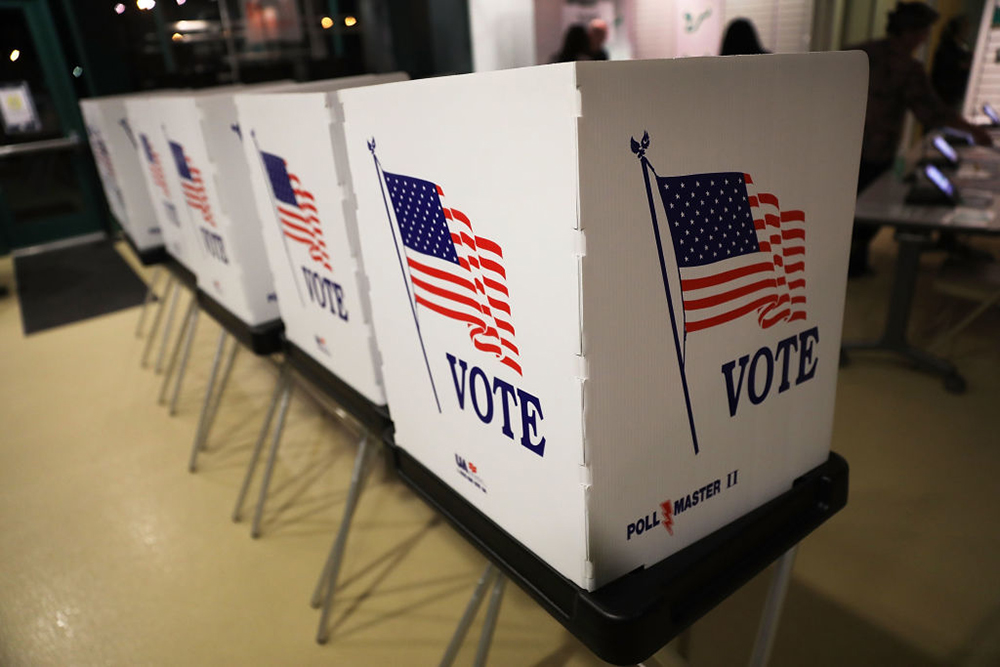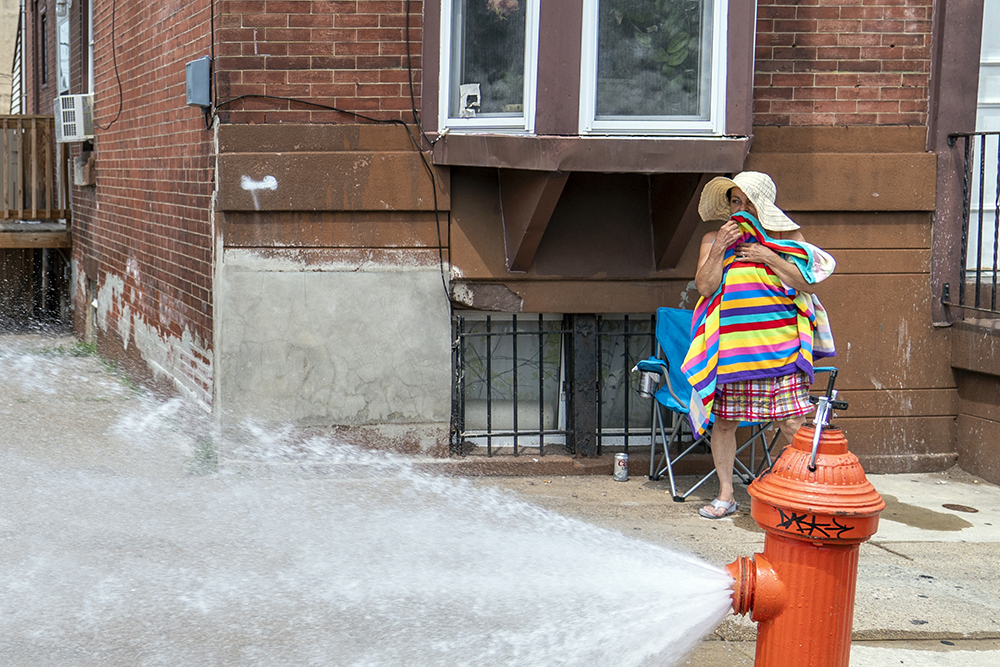I grew up in Winter Park, Florida, where I was born three days after Election Day in 1970. I mention this because most of my birthdays have been associated with voting.
As a child, I couldn’t wait to turn 18 so I could register to vote and go inside the voting booth. And that’s just what I did. It made me feel like an adult, like an American citizen doing my civic duty. I voted in every election that I could.
But because I was convicted of a felony, I can no longer participate in our democracy. Florida is one of three states – along with Kentucky and Iowa – in which everyone convicted of a felony is permanently barred from voting. Amendment 4, which is on the ballot this Election Day, would restore voting rights to some 1.5 million people just like me.
I grew up in a broken home filled with all types of abuse and despair. I had no mentors, only the golden rule to keep our family business inside the home. I went from a little girl filled with hope who got good grades to a young adult who no longer cared.
Get Talk Poverty In Your Inbox
I became a product of my environment, and ended up being the getaway driver in a robbery gone wrong.
Afterward, I could only think of the victim and his family and the pain they were going through. In those moments, I asked: If it was me and my family, what would I want? I would want the people involved to pay for what they did, I decided.
So I had my attorney take me to the Orange County jail and surrendered to the unknown. I did the right thing when it mattered the most, even when it was scary and the outcome uncertain.
The judge sentenced me to 15 years. I spent a third of my life paying my debt to society for my crime.
I fortunately survived. When I was given my end of sentence paperwork, I was presented with a form that I was told to sign. It advised me that I couldn’t vote anymore.
At first, I refused, because the judge had not sentenced me to the removal of my civil rights. But when I was told that I would be kept for the additional two years that were cut off my sentence due to good behavior if I didn’t sign the form, I quickly put my name on it. I wouldn’t understand the weight of that paper until after my release.
I came home with a plan to be the best person that I could. But I couldn’t get a job because of identifiers of my conviction on applications. I couldn’t go back to the college I attended pre-incarceration as an in-state student, because I didn’t have an I.D. that was a year old. My prison identification wasn’t acceptable, according to the board of governors.
When I finally thought I had broken through the invisible ceiling by obtaining my real estate license and selling a home to a cash buyer three months later, the significance of that the paper I signed in prison became clear. I took my commissioned earnings to get an apartment, but was refused; in many places, those with a felony conviction are not protected against this form of discrimination. As a professional in a business where it is our goal to make sales for profit, that was just mind-blowing.
I understood then that these things were allowed to happen to those of us with felony convictions because we could not vote. We had no ability to challenge policies designed to lock us out, and lock us back up again.
This is why the passage of Amendment 4 is so important, not just to those of us in Florida who would be affected, but to those in other states who have been denied their right to vote. It sends a message that we are American citizens, and that even though we made some mistakes along the way, we are forgiven and afforded a clean slate to become someone who contributes to society.
For my birthday this year, I am asking for the most important gift anyone can give me, and that’s to go out and vote yes on Amendment 4.










